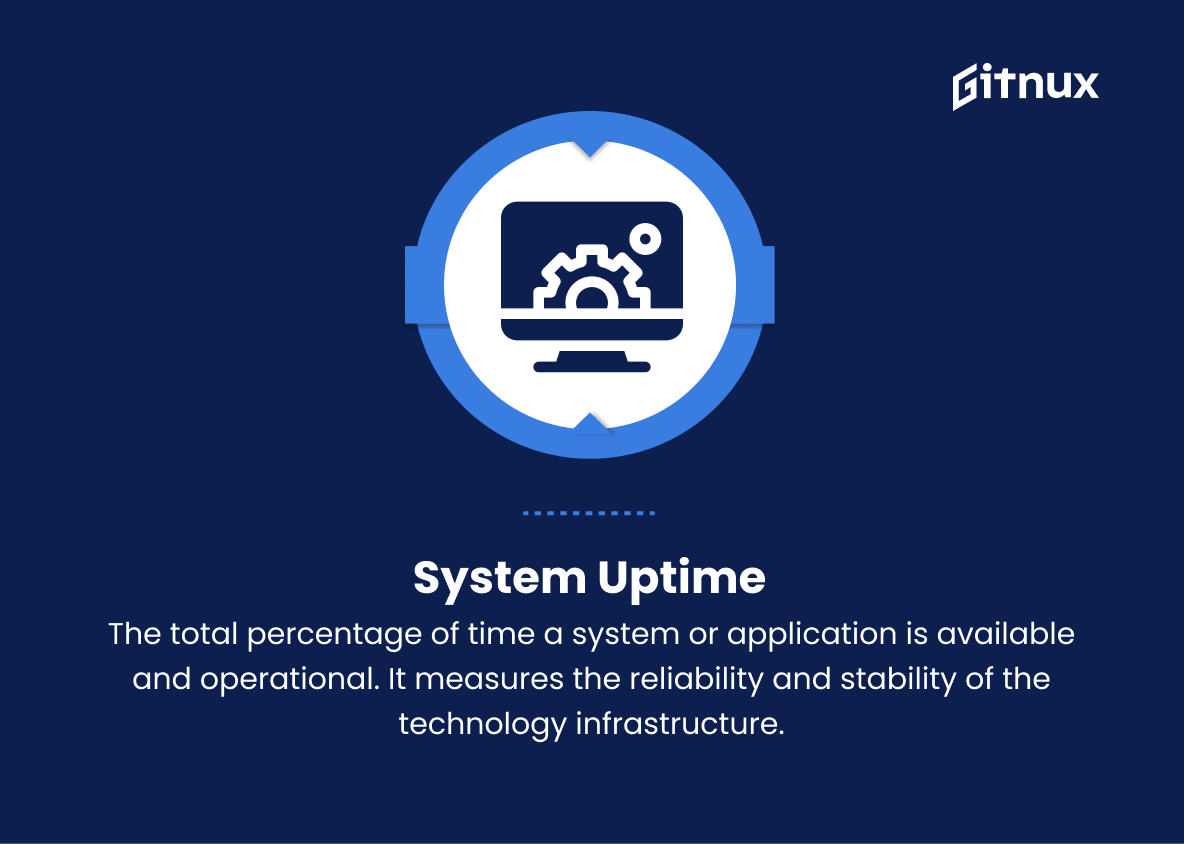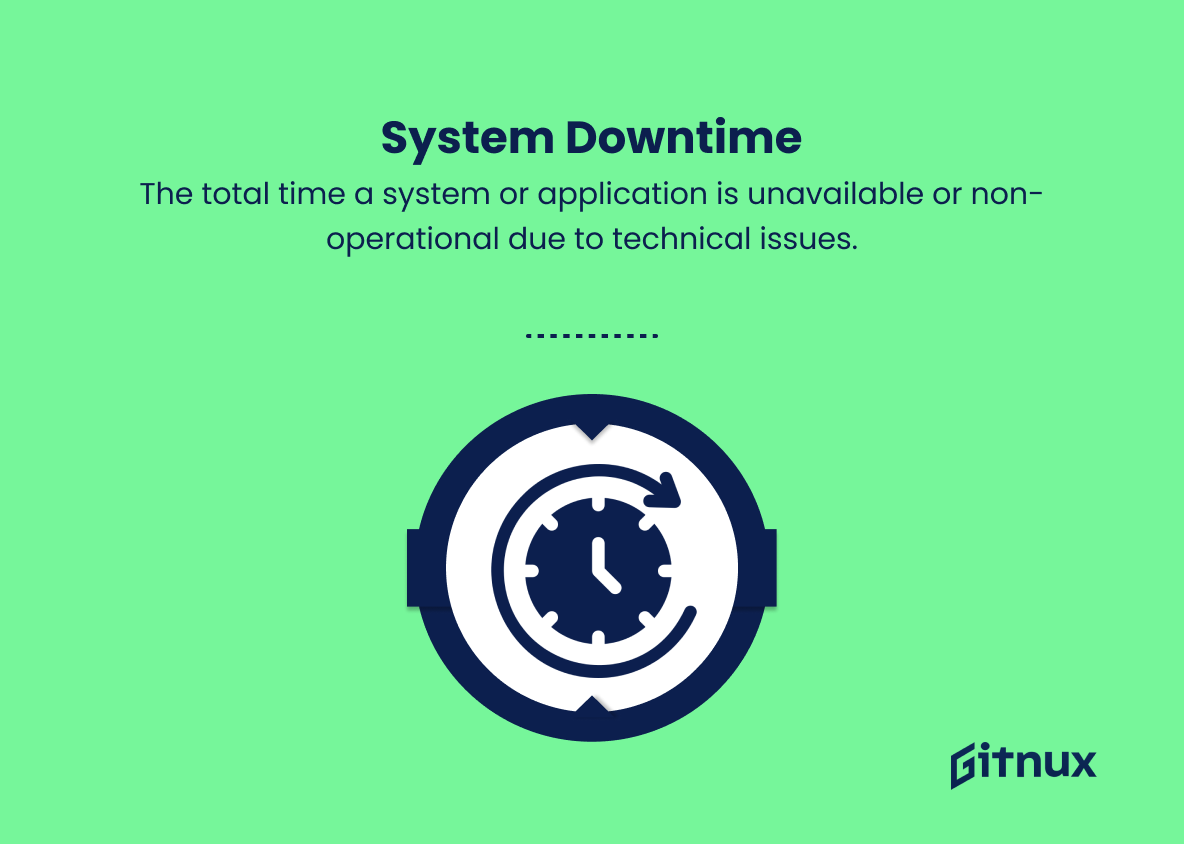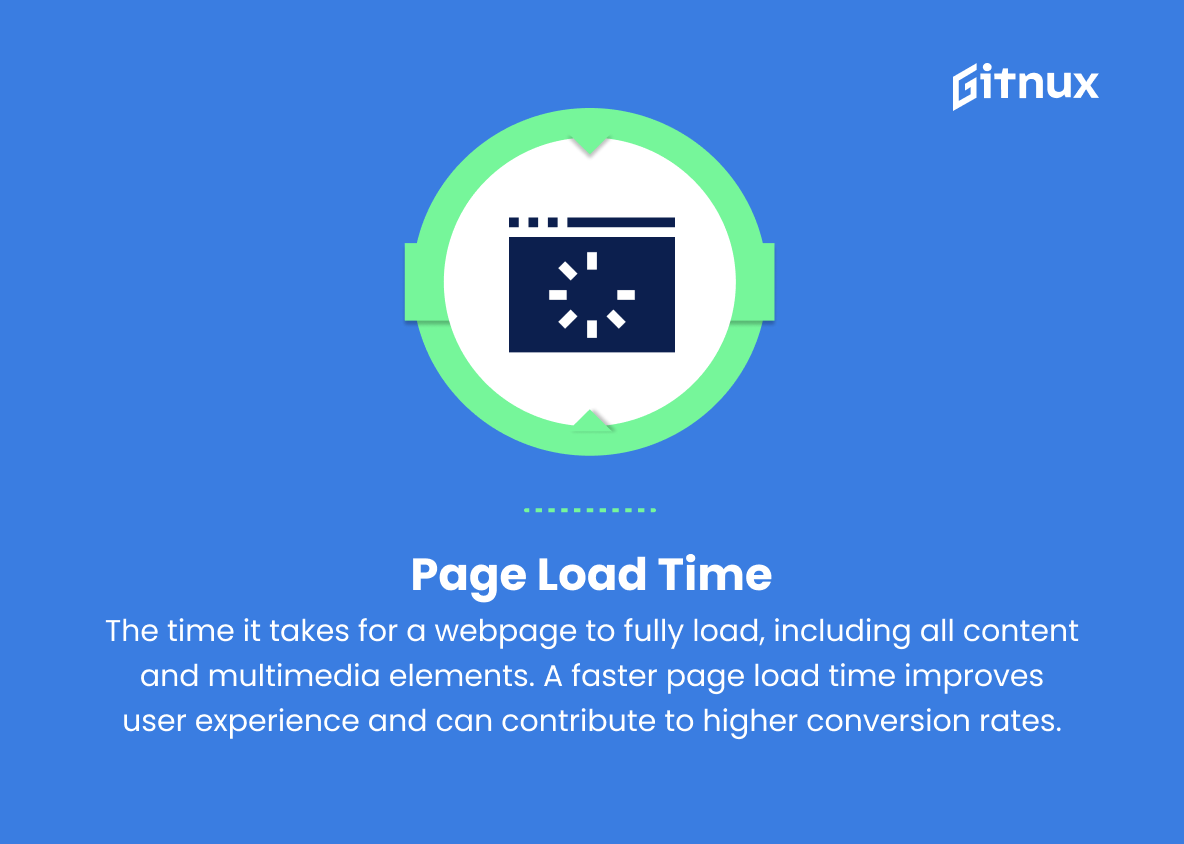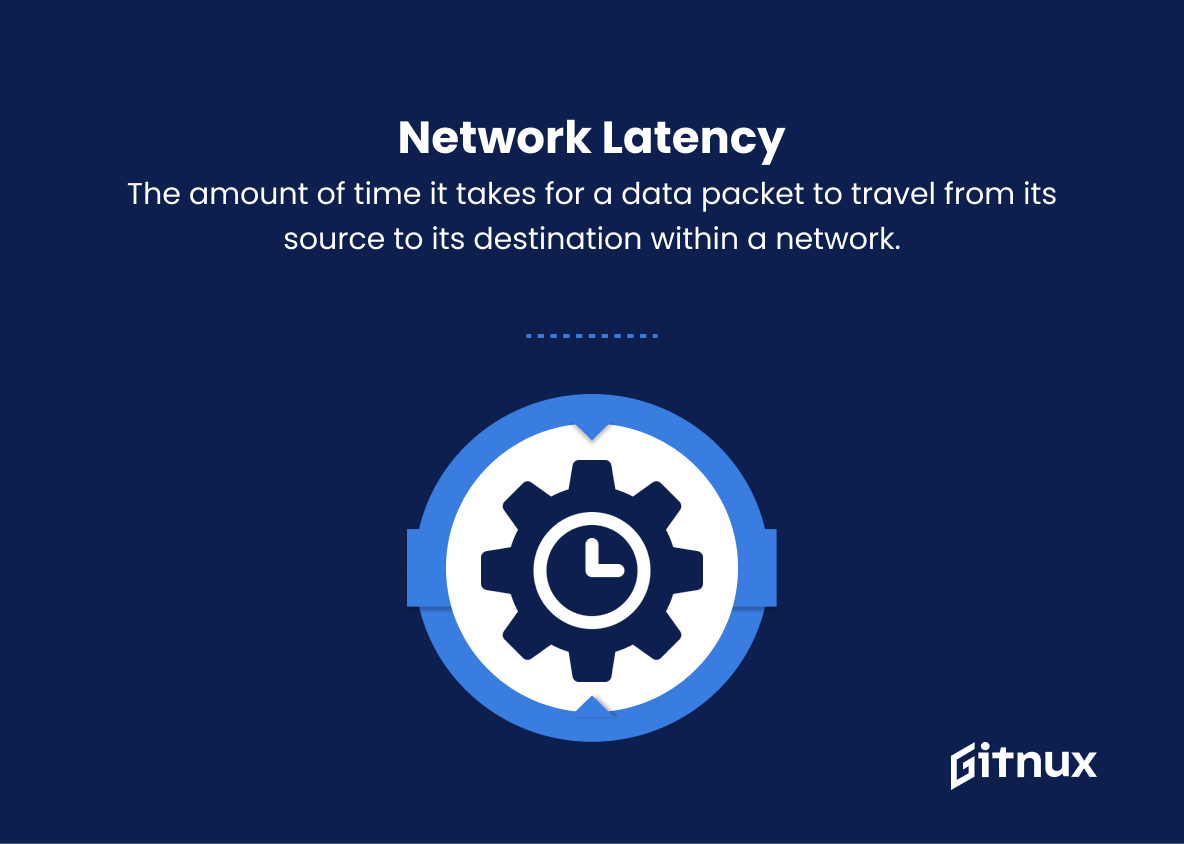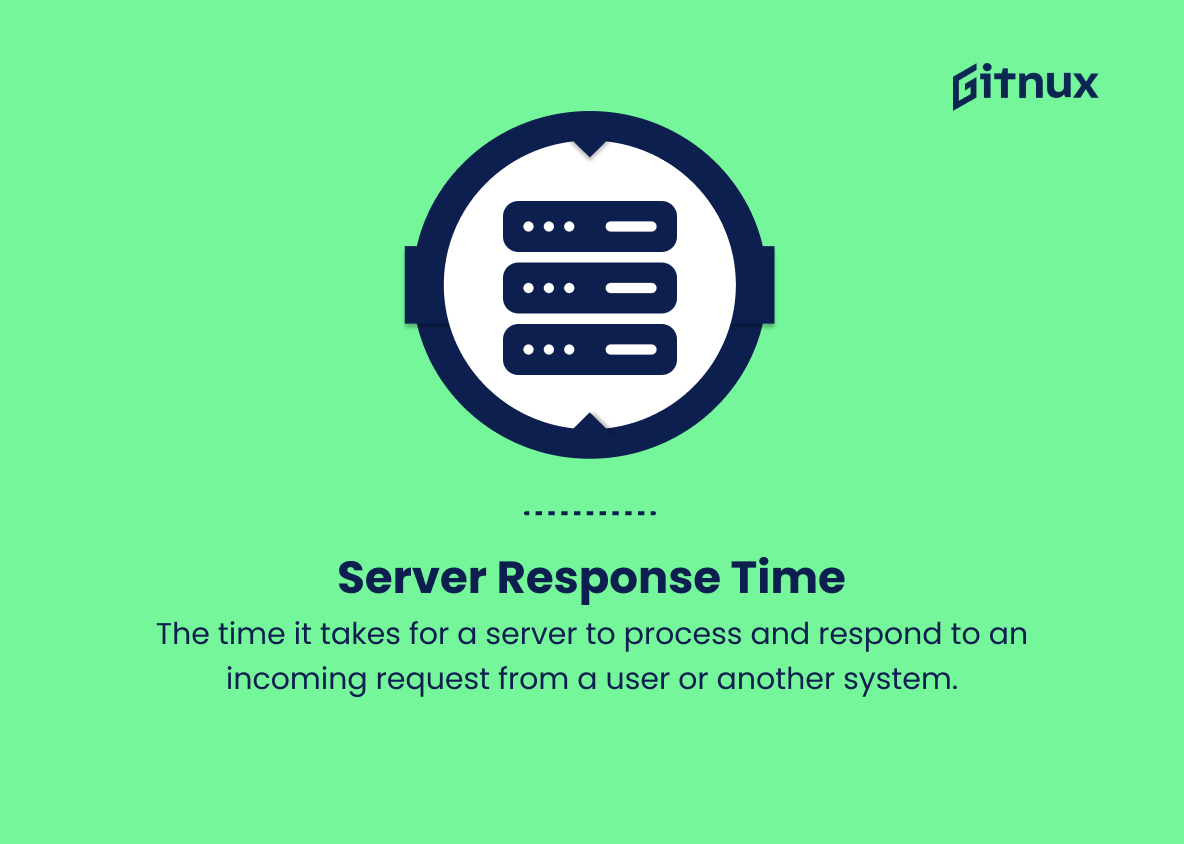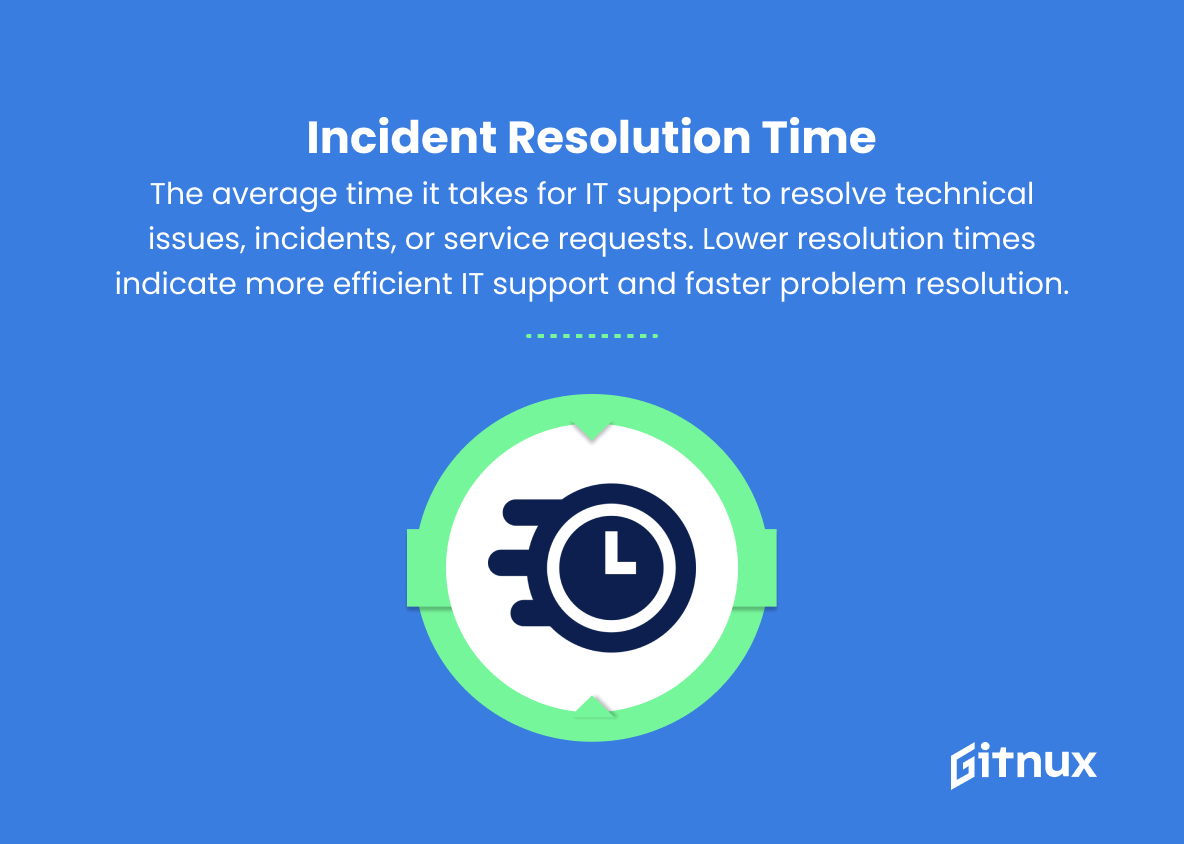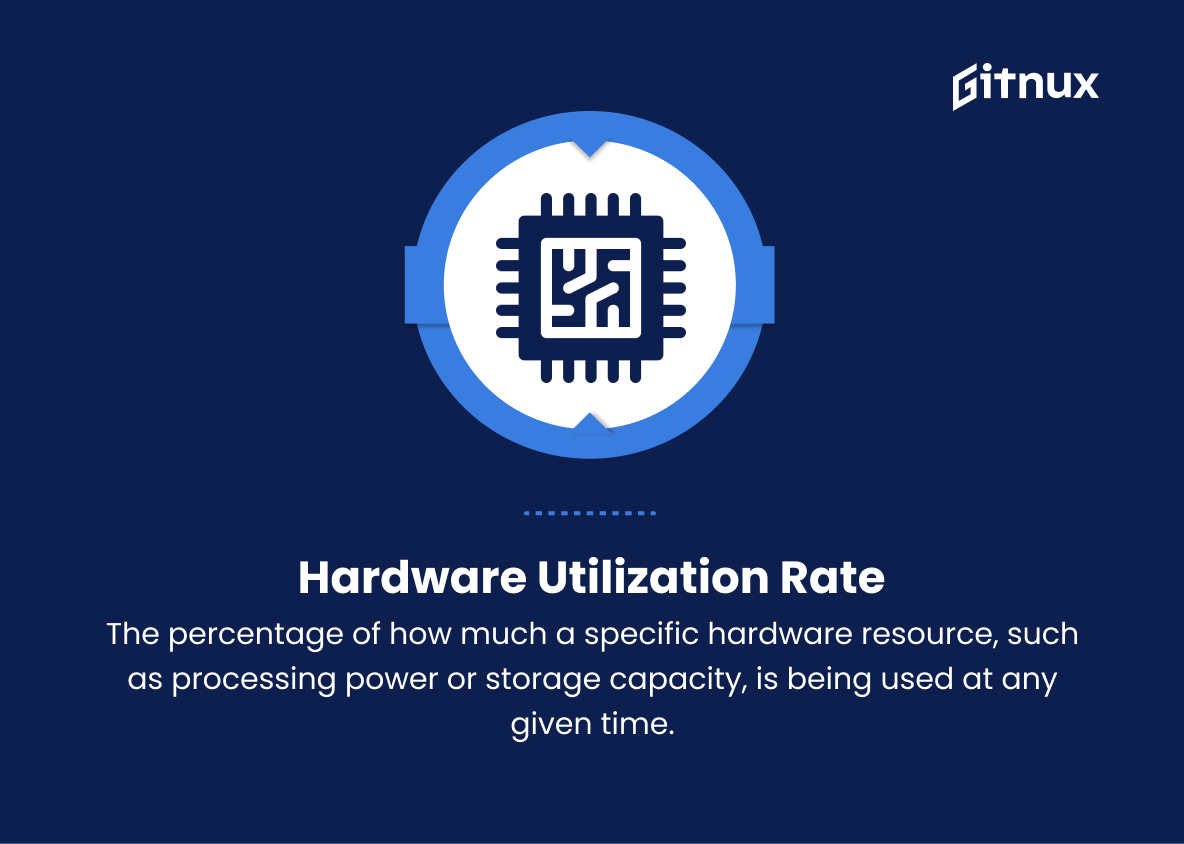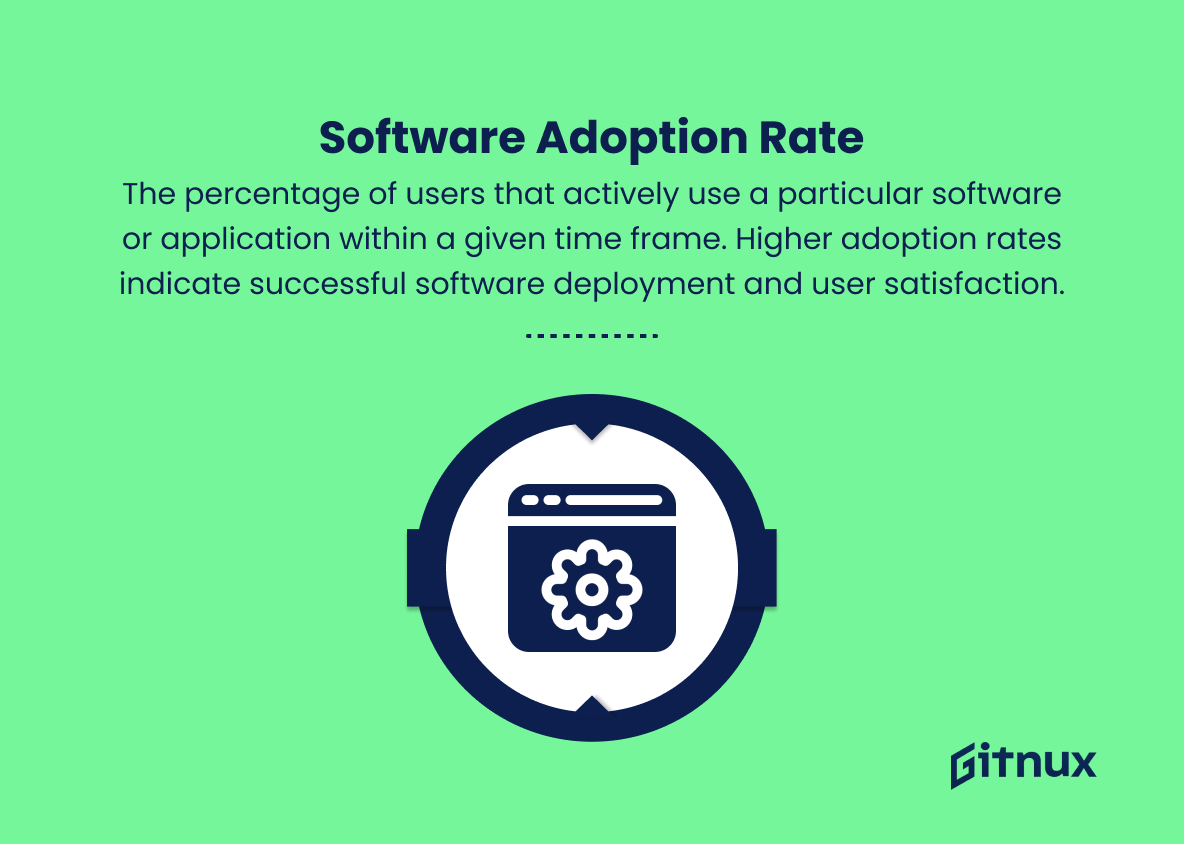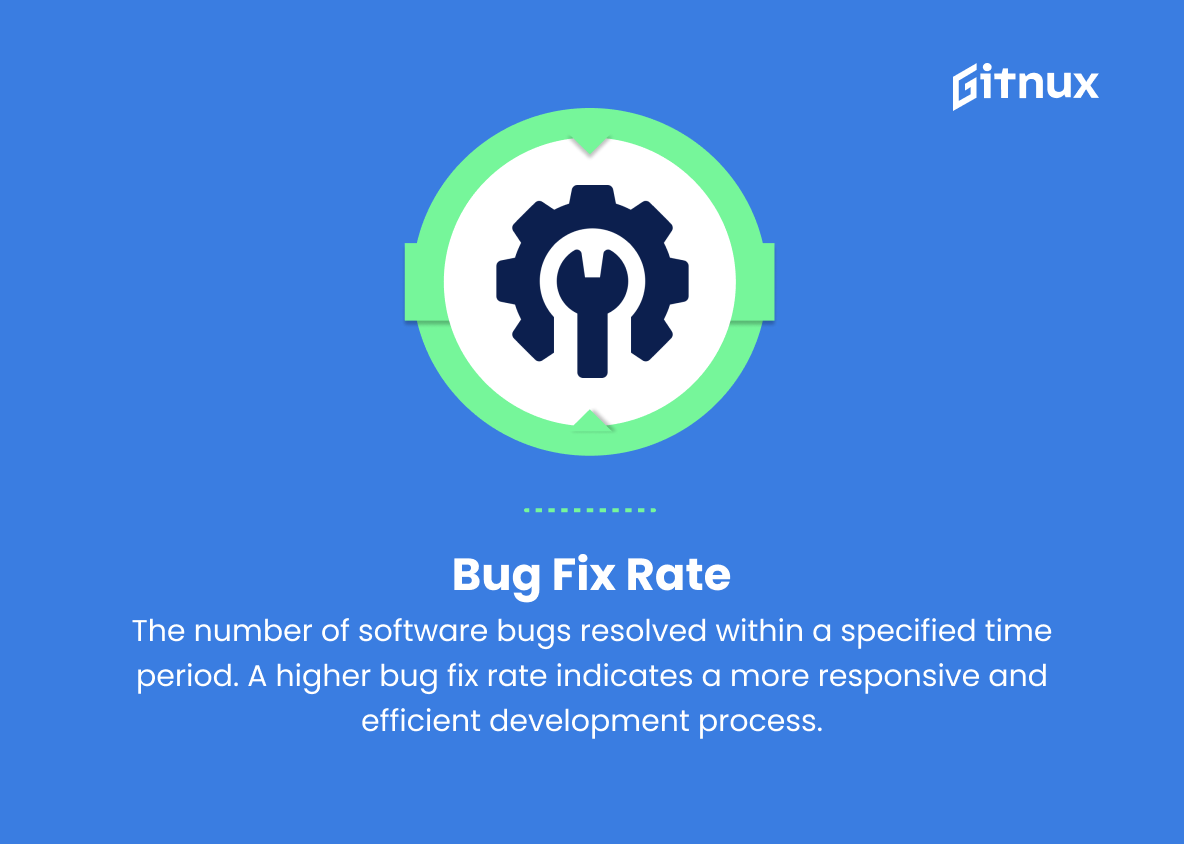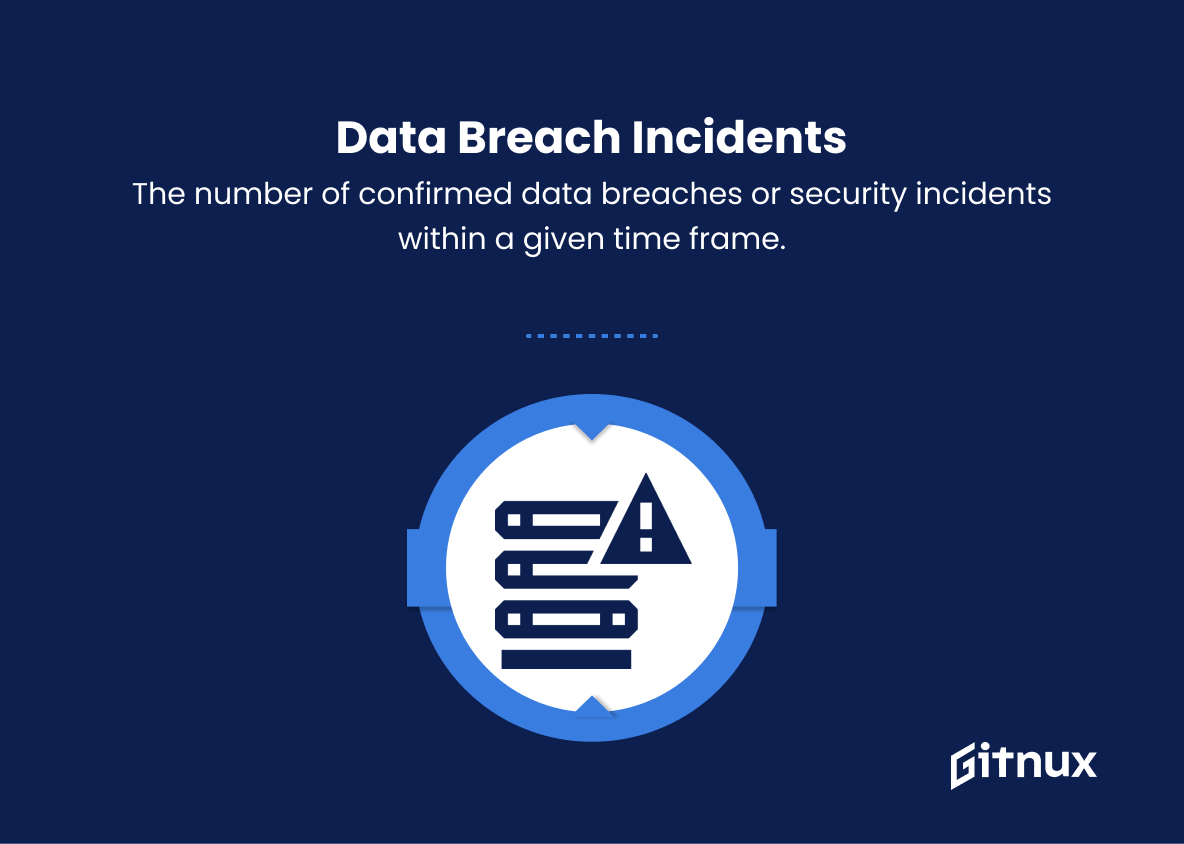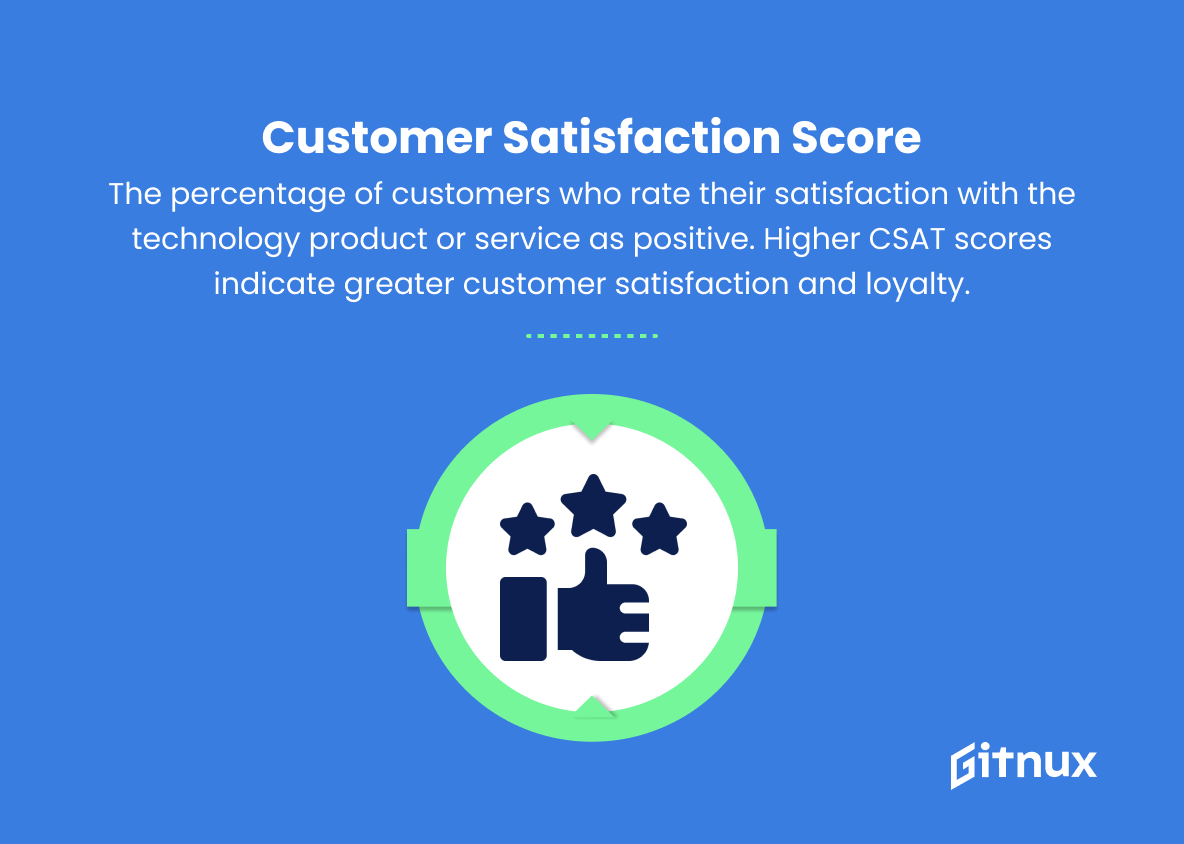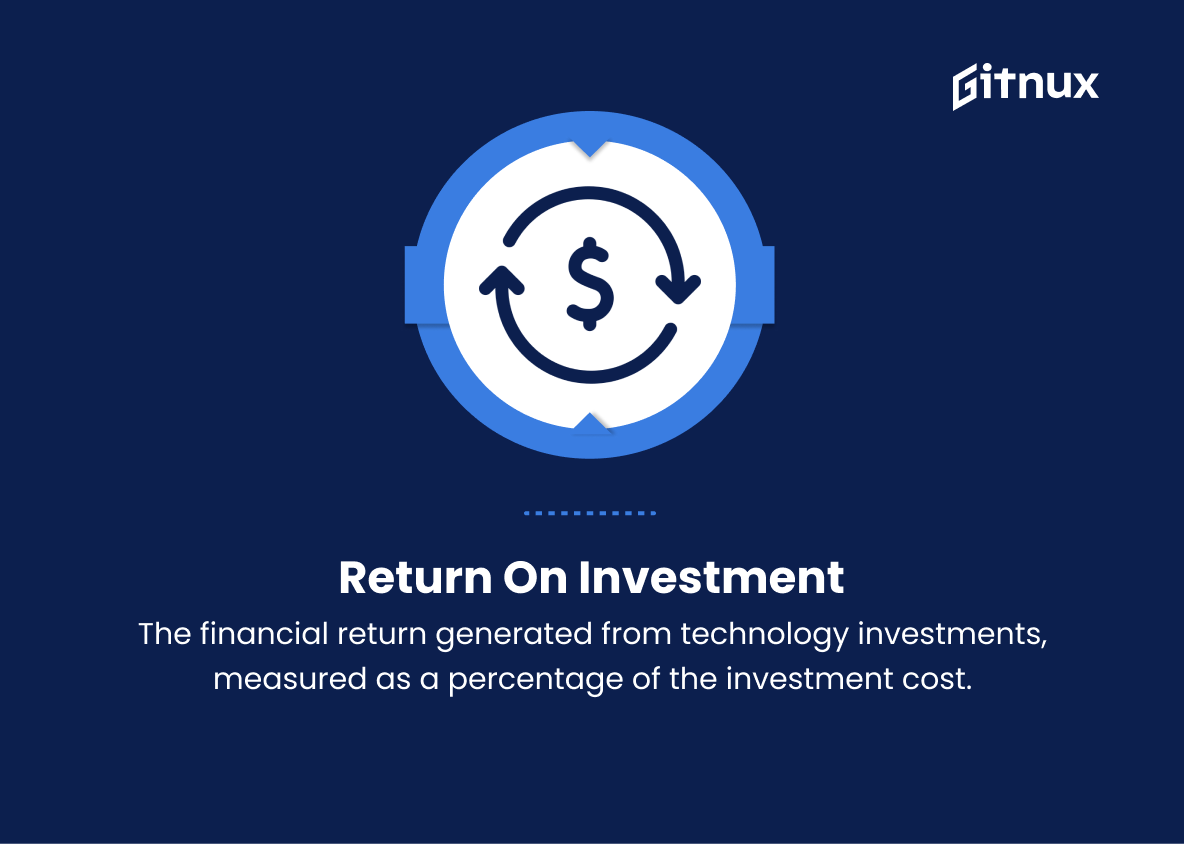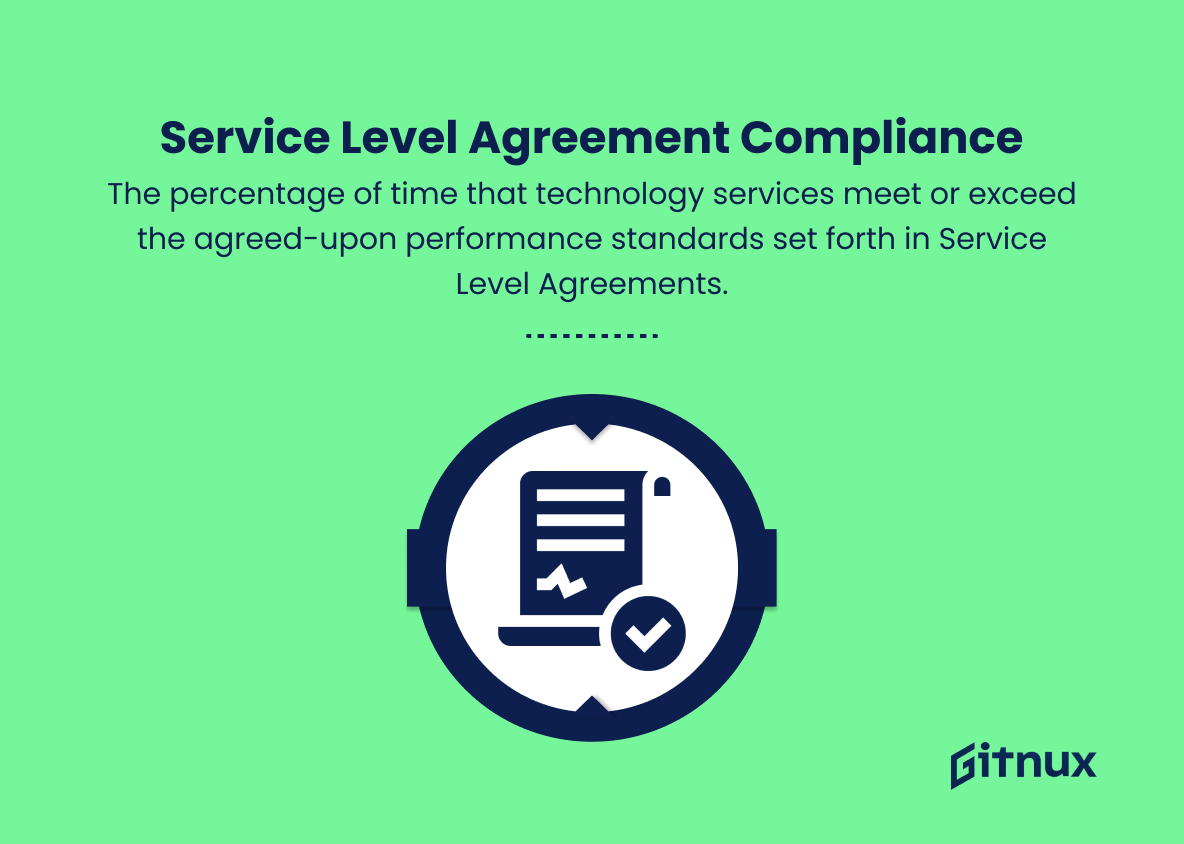In today’s rapidly evolving digital landscape, businesses must keep up with the constant race of innovation and stay ahead of the competition to achieve success. With technology playing an integral role in virtually every aspect of modern life, it is essential that organizations have a clear understanding of their technological capabilities and are empowered to make data-driven decisions. One key aspect of this is the implementation and effective use of technology KPIs (Key Performance Indicators).
In this blog post, we will delve deep into the world of technology KPIs, discussing their importance, how to select the right KPIs for your organization, and the various ways in which they can be employed to drive business growth and operational success. By understanding the significance of these tools and utilizing them strategically, businesses can gain a competitive advantage, optimize their processes, and fuel their journey towards digital transformation.
Technology KPIs You Should Know
1. System Uptime
The total percentage of time a system or application is available and operational. It measures the reliability and stability of the technology infrastructure.
2. System Downtime
The total time a system or application is unavailable or non-operational due to technical issues. It is inversely related to system uptime and has a negative impact on productivity and user satisfaction.
3. Page load time
The time it takes for a webpage to fully load, including all content and multimedia elements. A faster page load time improves user experience and can contribute to higher conversion rates.
In today’s rapidly evolving digital landscape, businesses must keep up with the constant race of innovation and stay ahead of the competition to achieve success.4. Network Latency
The amount of time it takes for a data packet to travel from its source to its destination within a network. Lower latency indicates faster data transfer and more efficient network communication.
5. Server Response Time
The time it takes for a server to process and respond to an incoming request from a user or another system. A faster server response time leads to better user experience and system performance.
6. Incident Resolution Time
The average time it takes for IT support to resolve technical issues, incidents, or service requests. Lower resolution times indicate more efficient IT support and faster problem resolution.
7. Hardware Utilization Rate
The percentage of how much a specific hardware resource, such as processing power or storage capacity, is being used at any given time. Higher utilization rates can indicate that hardware resources are being used efficiently, but also point to potential bottlenecks.
With technology playing an integral role in virtually every aspect of modern life, it is essential that organizations have a clear understanding of their technological capabilities and are empowered to make data-driven decisions.8. Software Adoption Rate
The percentage of users that actively use a particular software or application within a given time frame. Higher adoption rates indicate successful software deployment and user satisfaction.
9. Bug Fix Rate
The number of software bugs resolved within a specified time period. A higher bug fix rate indicates a more responsive and efficient development process.
10. Data Breach Incidents
The number of confirmed data breaches or security incidents within a given time frame. A lower number of breaches indicate better security practices and a more secure technology environment.
11. Help Desk Ticket Volume
The total number of support requests or tickets submitted by users within a given time period. This KPI helps measure the overall workload and the effectiveness of the IT support team.
12. Customer Satisfaction Score (CSAT)
The percentage of customers who rate their satisfaction with the technology product or service as positive. Higher CSAT scores indicate greater customer satisfaction and loyalty.
13. Return on Investment (ROI)
The financial return generated from technology investments, measured as a percentage of the investment cost. A higher ROI indicates that the technology investment has produced positive results and contributed to overall profitability.
14. Service Level Agreement (SLA) Compliance
The percentage of time that technology services meet or exceed the agreed-upon performance standards set forth in Service Level Agreements. Higher SLA compliance rates indicate better service quality and delivery.
Technology KPIs Explained
Technology KPIs play a crucial role in evaluating the performance and success of a company’s IT infrastructure, systems, and applications. System uptime and downtime measure the reliability and availability of technology assets, while page load time, network latency, and server response time help assess usability and efficiency.
These factors directly impact end-users’ experience and satisfaction levels. IT support effectiveness is determined by incident resolution time, help desk ticket volume, and overall customer satisfaction scores. Hardware utilization, software adoption, and bug fix rates give insights into resource efficiency and the quality of software development processes. Data breach incidents provide valuable information about the security and integrity of a company’s technology environment.
Ultimately, return on investment and SLA compliance rates help evaluate the financial performance and quality of IT services, ensuring that technology investments are well-aligned with the organization’s goals and objectives.
Conclusion
In summary, technology KPIs play an integral role in monitoring and optimizing the performance of an organization’s technological infrastructure, ensuring that it remains agile, efficient, and primed for growth.
By focusing on key performance indicators such as system availability, data security, cost efficiency, and innovation, businesses can make informed decisions that translate into enhanced competitive advantages and improved stakeholder satisfaction. Ultimately, embracing technology KPIs means embracing a strategic, data-driven approach to success, propelling organizations towards a bright and innovation-driven future.
